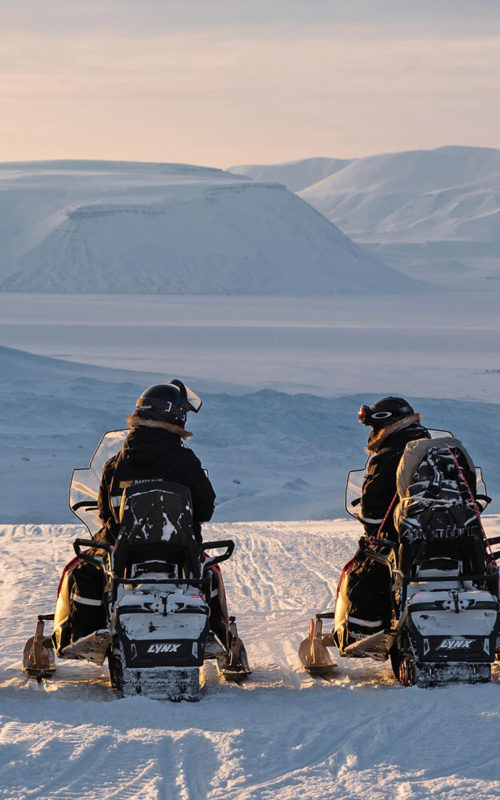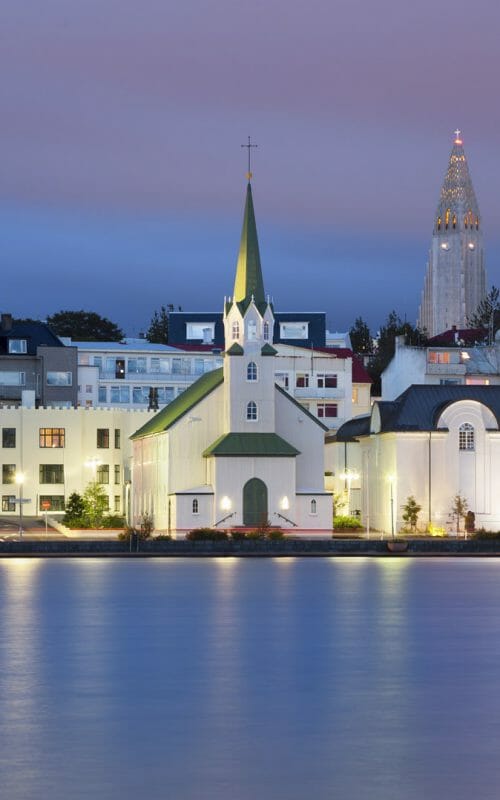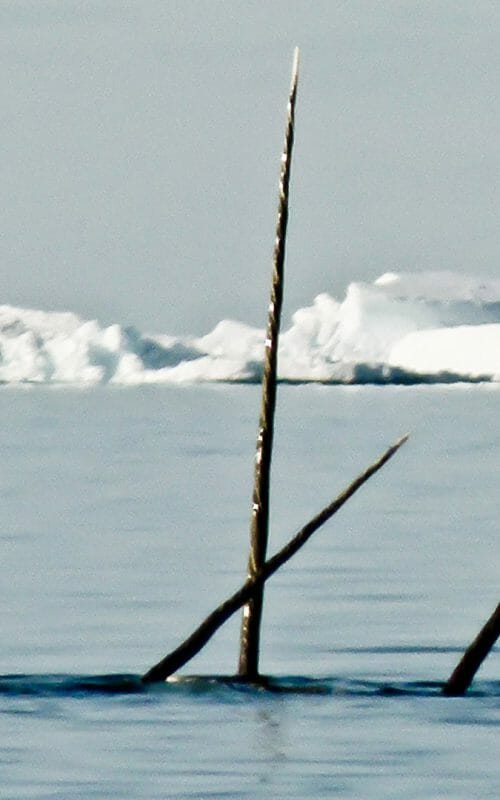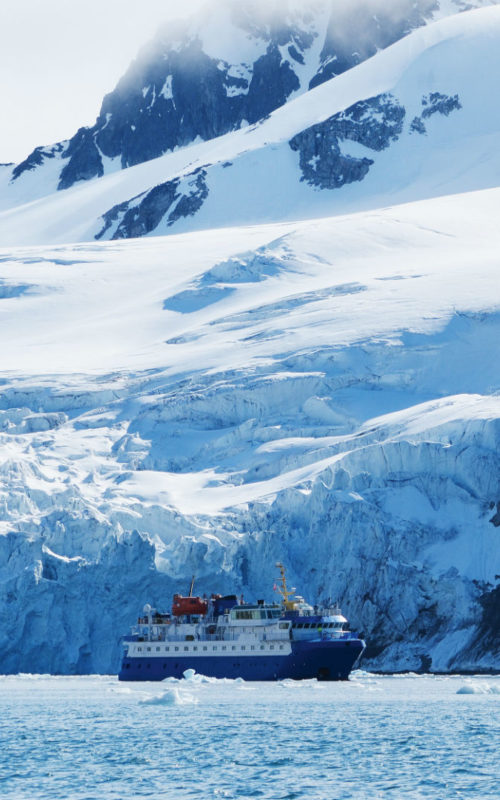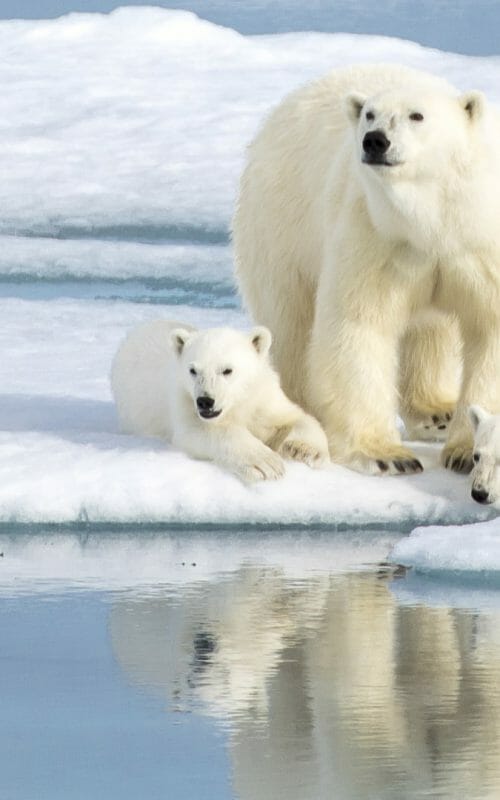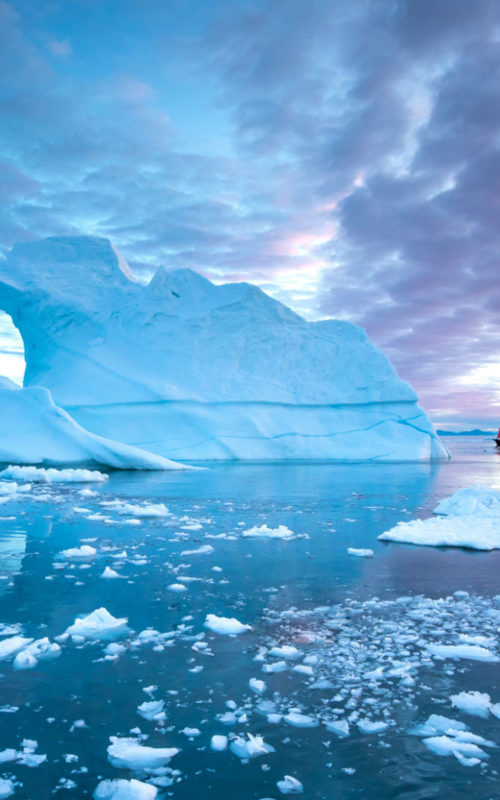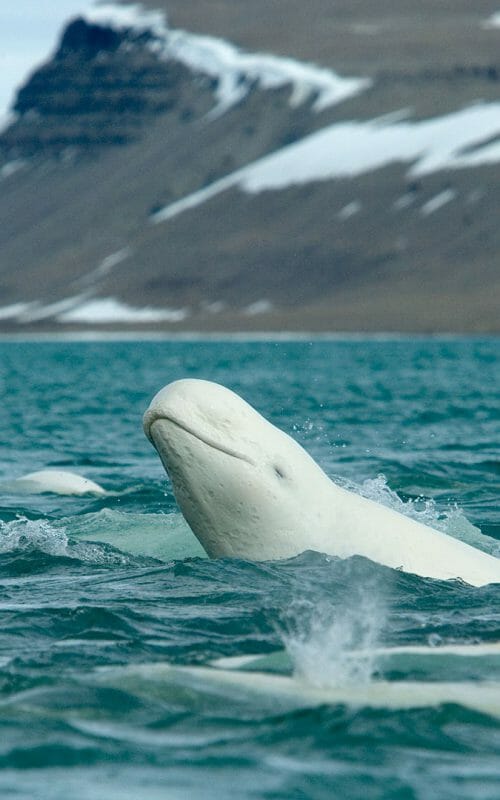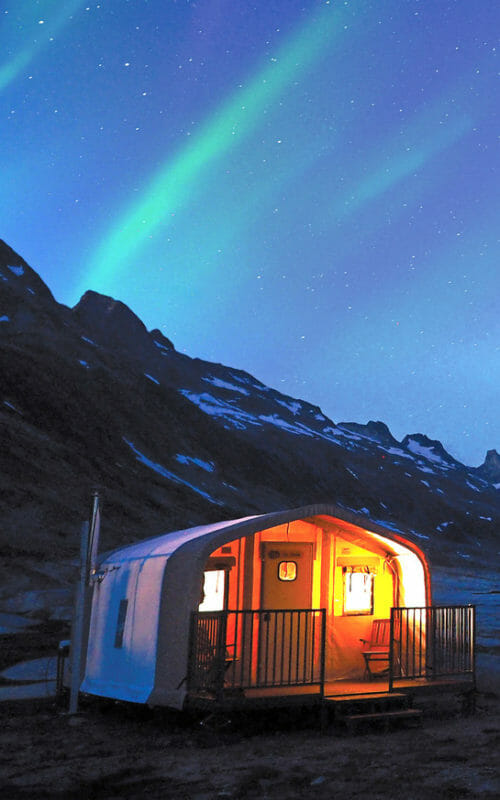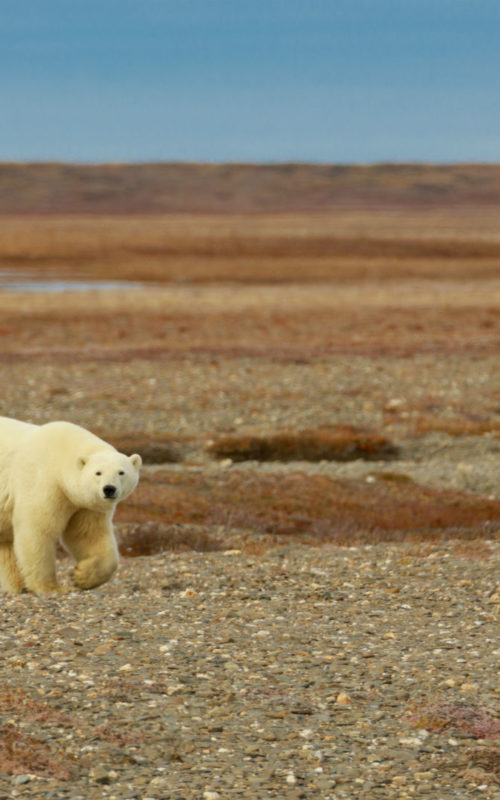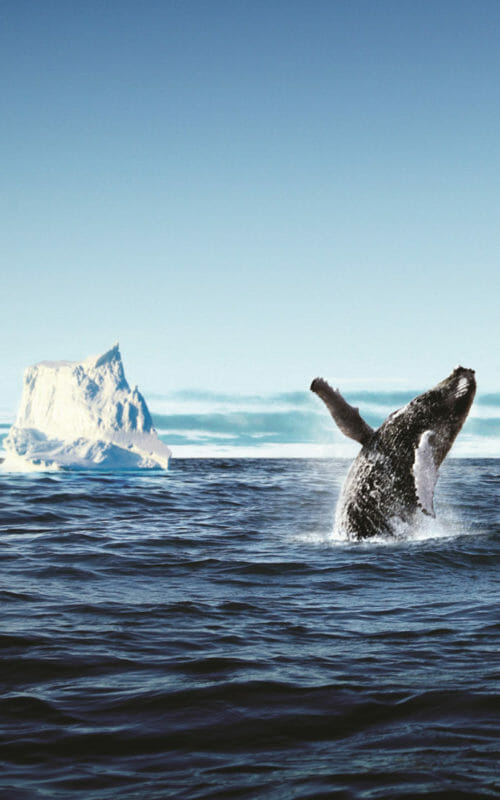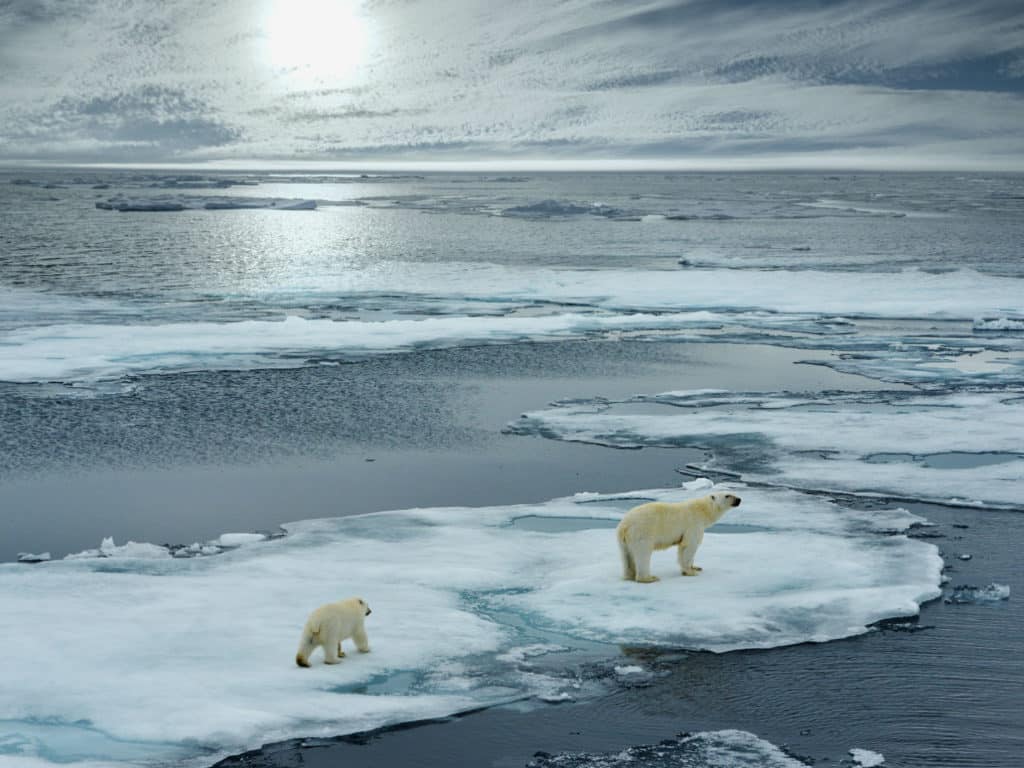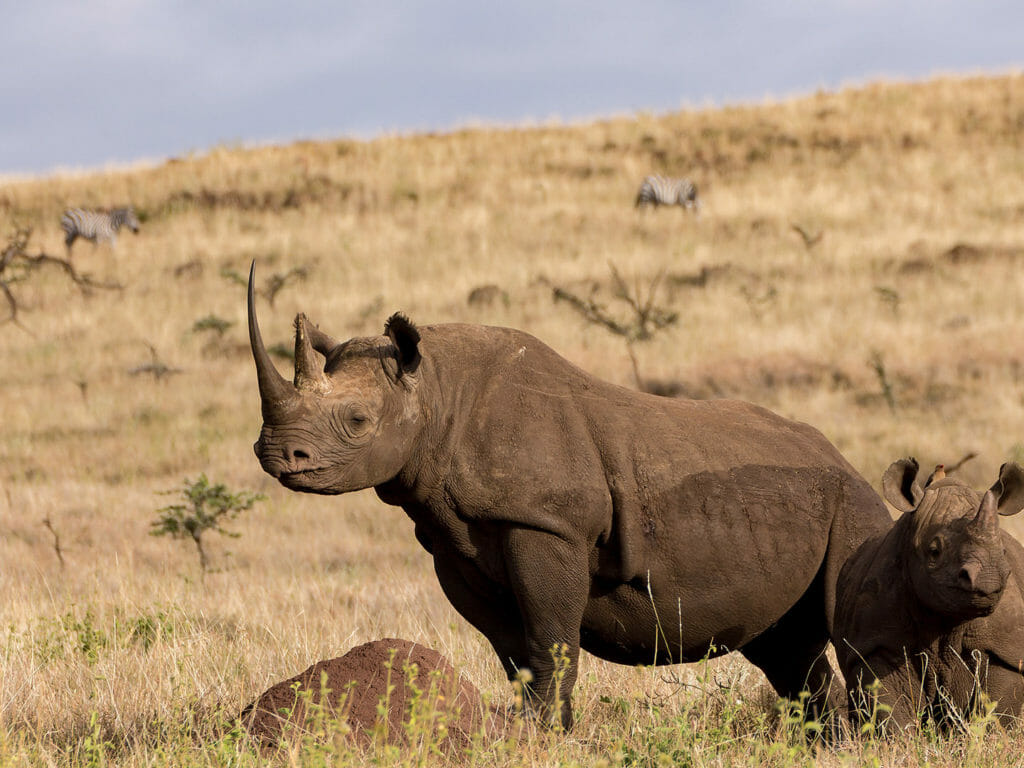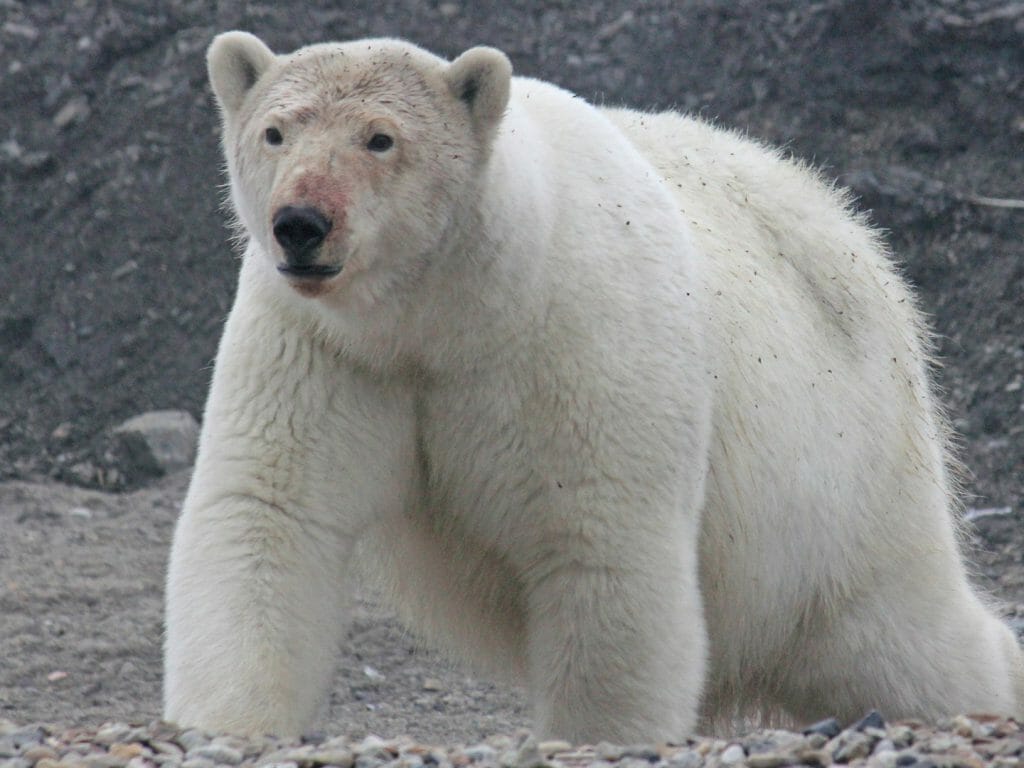This article is an excerpt from our new Steppes Traveller magazine – please get in touch with us to receive your free copy.
There are many negative stories coming from the Arctic; global warming is having a dramatic effect on the wildlife and the peoples of the Arctic, with the ever-diminishing ice making survival difficult. This was Sue‘s third cruise through Spitsbergen, and she could immediately see how drastically some of the glaciers had receded in the last 20 years.
Ocean pollution is a worldwide problem, and one that we are constantly working to tackle at Steppes Travel. M/S Quest, the vessel I travelled on, were also keen to get us involved. In fact, we collected waste on most of our landings; and by the end of the trip, we had three huge bags full of plastic that included everything, from simple bottle tops to huge pieces of fishing net. No place can be called pristine anymore.
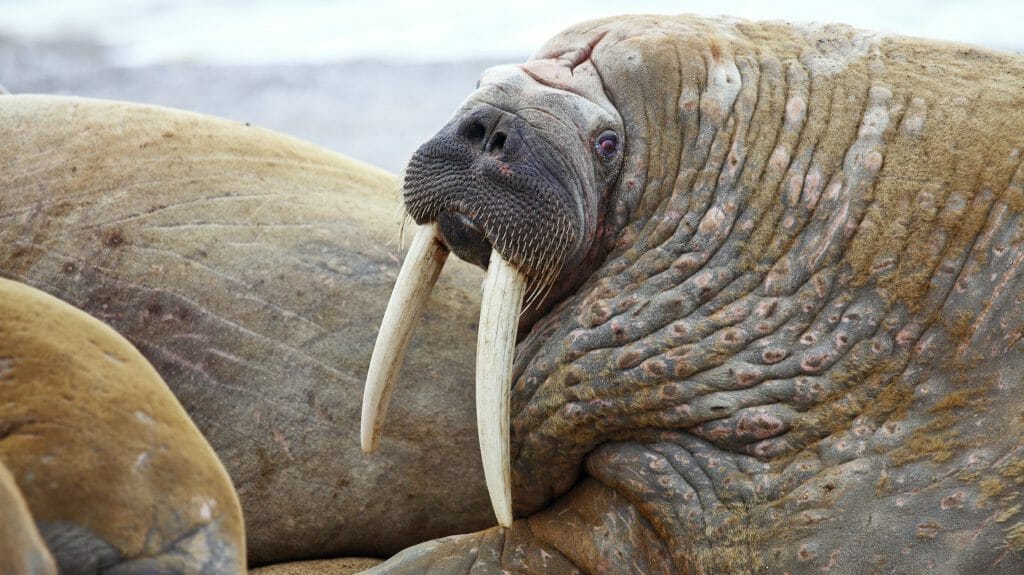
There are, however, some good news stories too. The whales and walruses in the region around the Svalbard Archipelago were hunted almost to the point of extinction; but, with walrus hunting banned in 1952, and the international whaling commission ban in place since 1982, the numbers are steadily increasing.
On a recent 11-day voyage around Svalbard, I encountered hundreds of walruses in a number of places. Some were just small groups of males basking on beaches, while others had hauled themselves out onto larger ice sheets. On land, they are a little vulnerable, and you have to approach slowly and cautiously. In the water – very much their own element – it is a completely different experience.
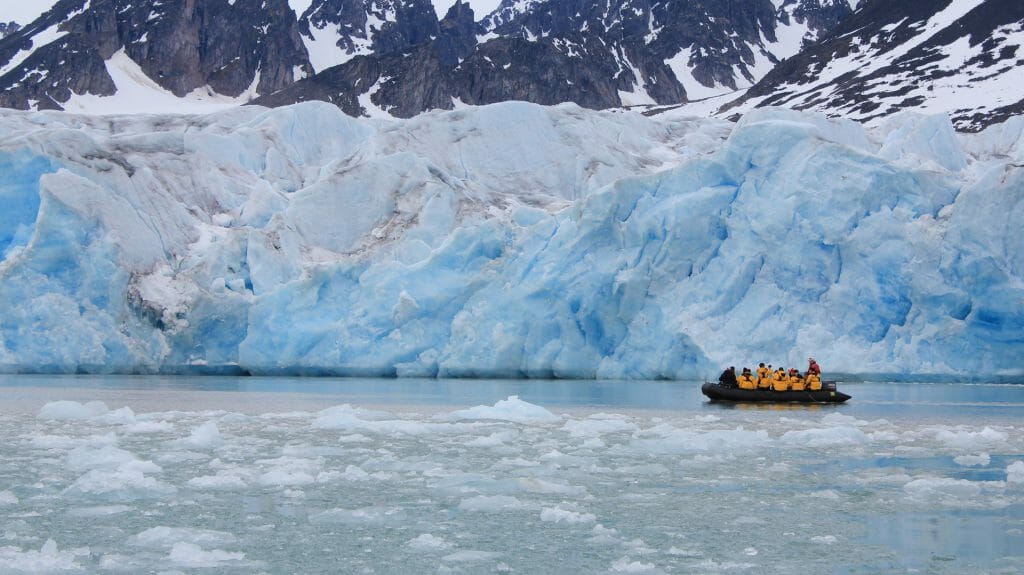
This time, we had a very special encounter with a large herd at Freemandsund. There were mainly mothers and calves – but, there were also some large males in the water that were far more active and curious. They would swim towards our zodiacs in groups and pop their heads up to get a better look. Then, with a snort and a splash, they would disappear under the water and eventually reappear a little closer. Some got to within a metre or so of the zodiacs. Their curious faces with thick, bristly whiskers and tusks of all sizes.
When I first started selling voyages to Svalbard, I rarely mentioned whales to clients, and only really humpbacks or belugas were likely to be seen. However, in the last five years, this has been changing and I am regularly getting reports of blue whales. Being surprisingly quick for a beast of up to 30 metres in length and weighing up to 150,000 kilos, they are not always so easy to spot. They have very distinctive high blows as they surface and a long, curving grey- and blue-mottled back with a small dorsal fin. It always seems to take an age to appear out of the water.
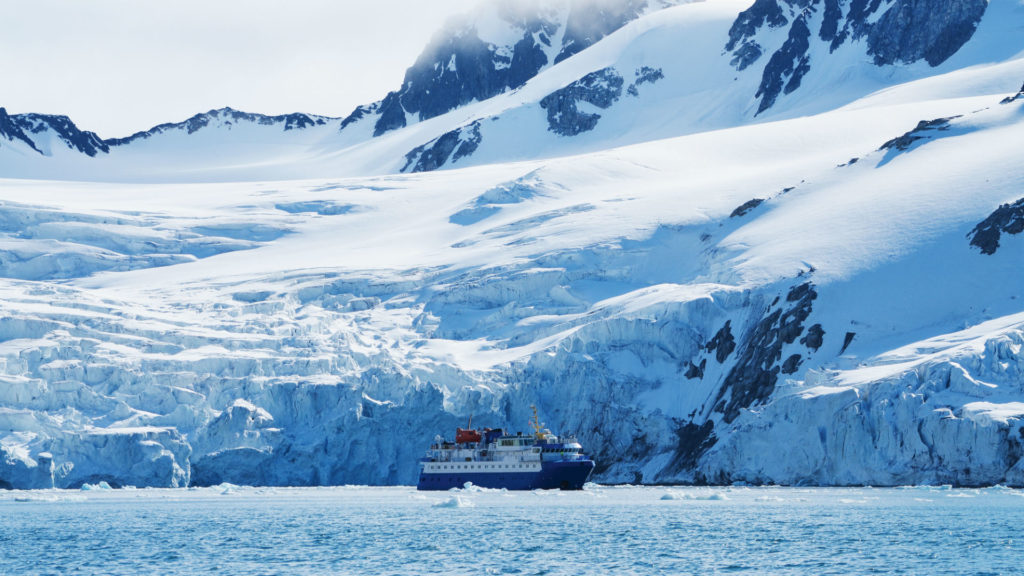
Under normal circumstances, this cetacean would have been a highlight for our trip; however, it was about to be out done by a very special sighting.
I was out on deck and had seen a few distant blows and a streak of white; I had assumed it was an active humpback waving its flipper. The boat then slowed down and turned towards the whale. Our guide Hannah had announced the sighting over the ship’s tannoy, and the excitement in her voice was evident. As we drew closer, I could see a very distinct v-shaped blow, which was higher than I would expect from the humpback. Hannah explained the characteristics of a bowhead – they have a large and distinctive lump at the back of their head and no dorsal fin.
The bowhead whale, sometimes called the Greenland whale, has the largest mouth of any whale – with huge baleen plates, up to three metres in length, hanging from its massive bow-shaped jaws. They have up to 50 centimetres of blubber under their skin, the thickest of any species. They are slow moving, like the Northern wright whales, and were a favourite for whalers. Their numbers were decimated; and an estimate of only 100 remaining in the Svalbard-Barents sea region has meant that they are now listed as ‘critically endangered’ by the IUCN.
These remarkable whales can live up to two hundred years; so this individual could easily have been around in the time of whaling. The captain slowed the ship to a crawl and we carefully edged closer to this leviathan. We were all very aware of how wonderful this was, as all of the ship’s crew were out on deck with us. The white markings under its chin were the streaks I had seen before; and as it surfaced, with its mouth agape, it forced out a vast amount of water and then licked the baleen off with its huge tongue. A successful hunt and time to plunge back into the deep-blue water.
The excitement eventually settled. The deck of the ship and the water’s surface both calmed.
A sighting of a lifetime. And a memory that I will never forget.


